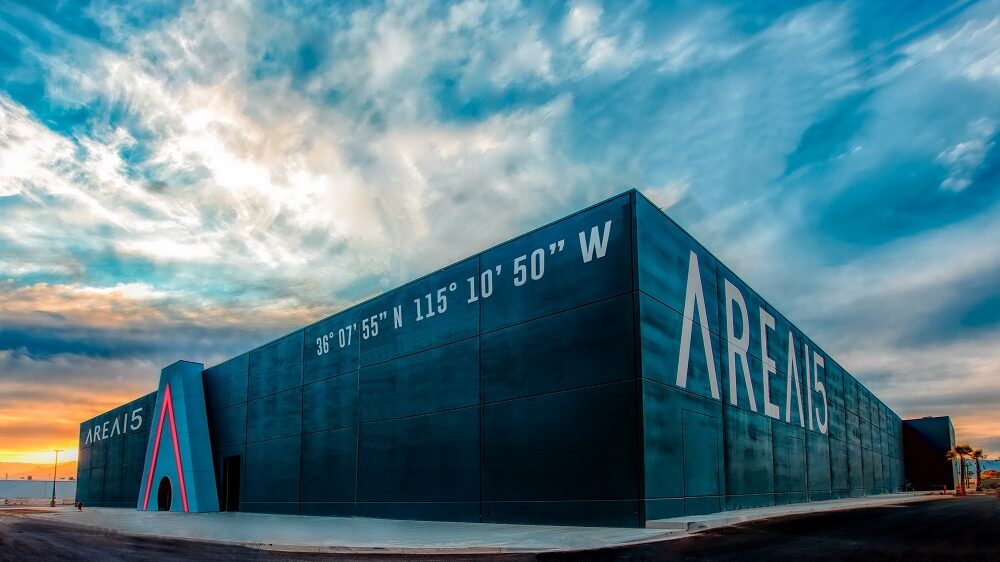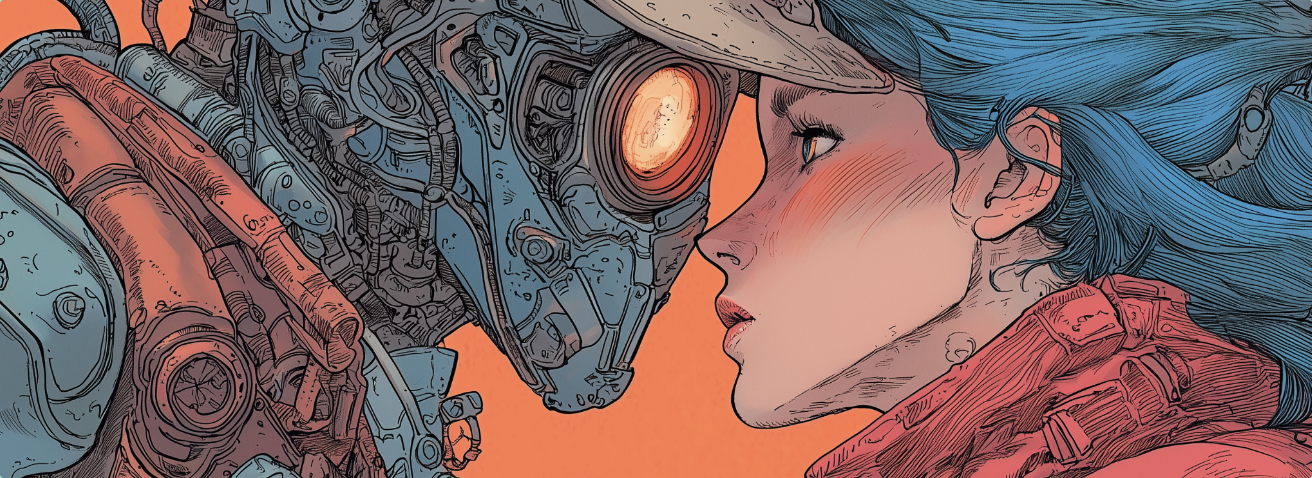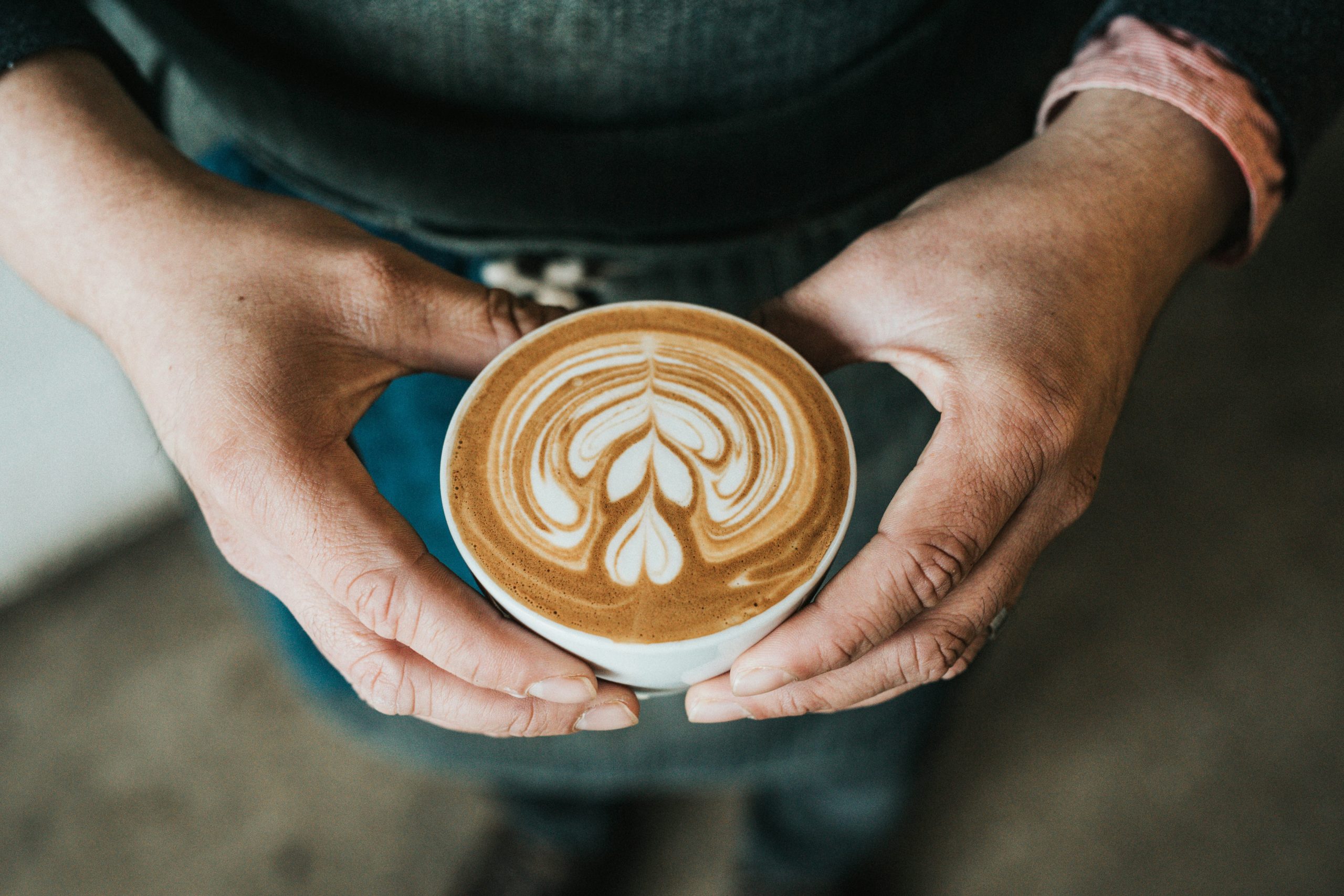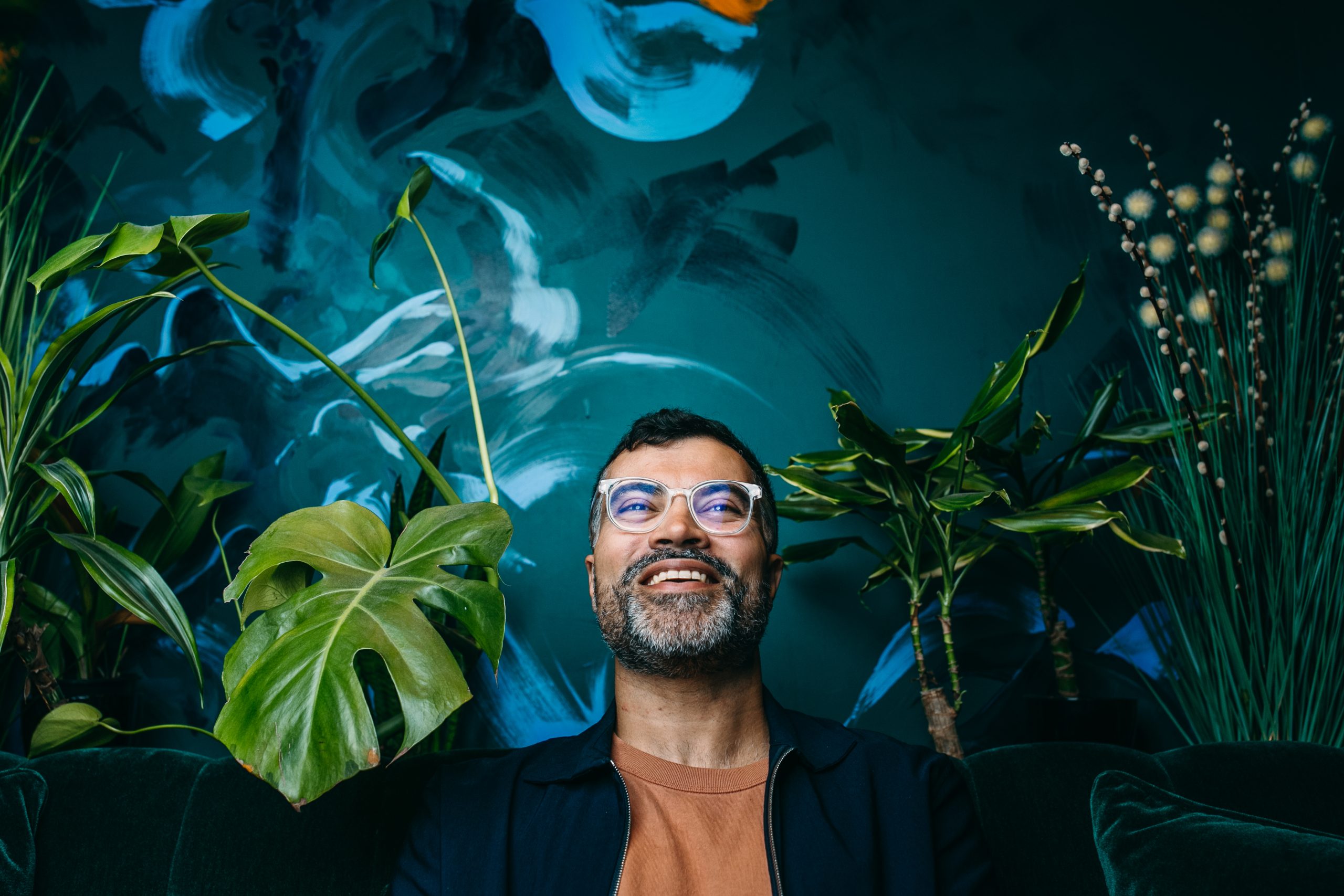- The City of Sin is doing what it does best: creating environments you never want to leave, so immersive you forget the outside world, or even what time of day it is.
- Not the best year to launch a huge shopping mall, but AREA15 opened its doors in September 2020
- It’s blazing a new trail with its experience-first approach to retail
Branded an ‘experiential bazaar’, AREA15 is a 200,00 square foot mall features multiple dining options, art spaces, and live performance as well as lots of curated retail.
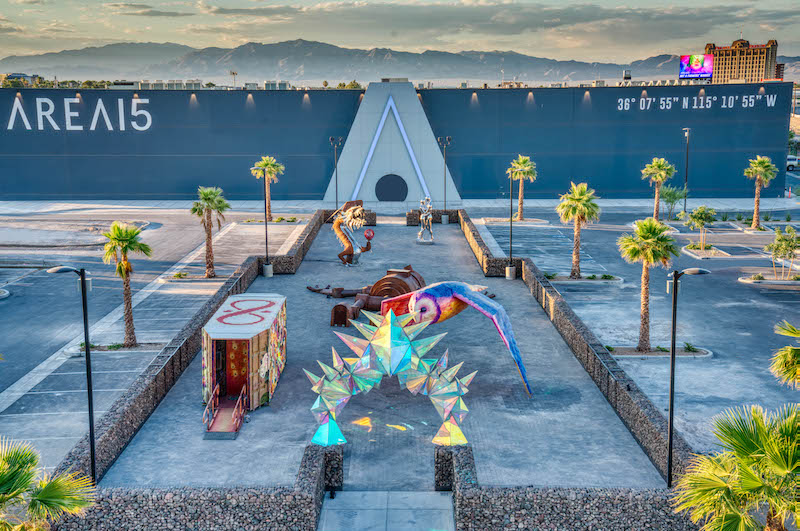
What’s the concept?
Area15’s CEO, Winston Fisher, teamed up with Michael Beneville of creative agency Beneville Studios (based in New York) and they agreed: gathering was key. They wanted to create an environment where people came together. With its mysterious black cube façade, the building combines the mystique of a warehouse party, the turbocharged creativity of Burning Man, and a mall. the result? A mall-inspired retail entertainment destination complex. And, because the basic structure of the building is so simple, it could be contrasted anywhere, which is good for their plans to expand into other cities.
What does that mean?
Here are some of the experiences visitors will be able to have a go at:
- flight simulator
- zipwire across the retail court
- throw axes at Dueling Axes
- take part in an AR steampunk experience
- Obviously, no Vegas venue is complete without a wedding chapel, and there are plans for one of those too.
All of these elements are bound together with amazing, wow-factor aesthetics. Whether that’s the huge, colourful Burning Man sculptures in the car park or the 23-foot LED-panel skull synced to music in the entryway, prepare to be astonished from the moment you set foot through the door.
Immersive experience maestros Meow Wolf are bringing their unique brand of mind-blowing art installations in 2021 too. They’re the anchor tenants at Area15, and will be bringing some massive, mind-blowing installations to the space in months to come. First up is Omega Mart, a store where visitors will be able to browse freezer aisles filled with “Nebula loaf” and whale song deodorant.
How does it work?
Entry is free, but visitors will have to pay for the experiences they want once inside. Each experience is positioned off “the Spine”, the central space of the building, which features boutiques, dining options, and a lounge. The main food court will be outside.
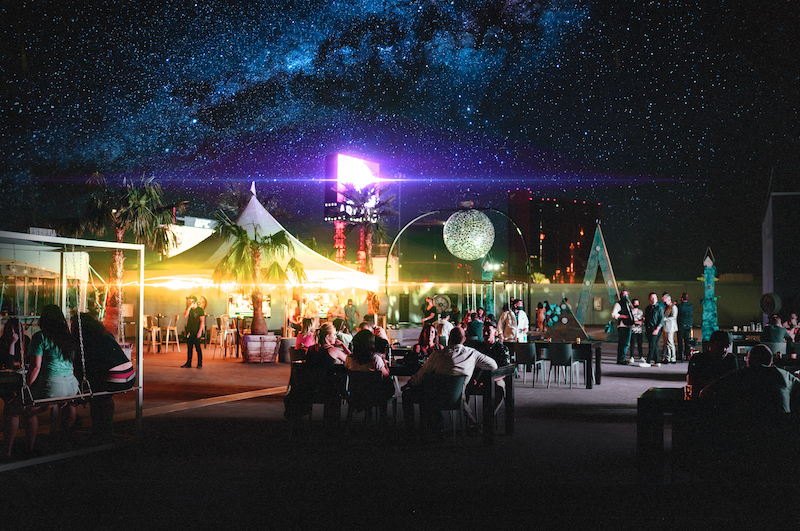
The New Rules of Experiential Retail
With bricks and mortar retail struggling even before the coronavirus forced so many businesses to shut up shop, retailers have been casting around for ways to increase footfall. We think the team behind Area15 have some very useful answers. CEO of Area15 Winston Fisher structured the whole undertaking around some central tenets of experiential retail:
- Variety is the spice of retail
Spaces and business should constantly be thinking how best to get their customers to engage with them, both on and off social media. It should be enticing, delightful, and needs to change frequently.
* Editor’s note: ‘Variety is the Spice of Happiness: The Hedonic. Adaptation Prevention Model’ is a paper by leading happiness researchers Kennon Sheldon, Julia Boehm, and Sonja Lyubomirsky. For more scientific research that informs experience design, see the WXO Research Library. - What’s your story?
Consumers today need to be wholeheartedly compelled. How are you going to achieve that? With gripping narrative, concept and emotional power. - Be user-sensitive
Bring customers closer to the environments in which they will ultimately be consuming your product. If you sell ski jackets, don’t offer changing rooms with MDF walls: offer AR simulations of snowy scenes so they better picture themselves. If you sell lingerie, don’t subject prospective buyers to halogen strip-lighting that magnifies every pore. - The Wink: Michael Beneville, the brains behind the space, wants you to think outside the experience, or the box mall, if you will. In a recent interview, he said:
“I’ve had so many immersive experiences where my let-down is not the experience, but the act of coming back out into the world. If the transition is blunt and harsh, you lose the illusion. So we were looking for a way in which you could have an extraordinary immersive experience. And then when you stepped out of it, it goes on. It’s as if the world still winks at you.”
Alternatively, he calls it the Amélie effect: how will your visitors see the world differently afterwards? This is the level of impact you want to aim for. So, how to action this principle? This leads us to our next rule:
5. Create transition spaces
Remember the parking lots with Burning Man sculptures? Not only does this mean the sculptures aren’t gathering dust in a warehouse somewhere, but visitors get a little taste of what’s in store from the moment they arrive on site. And it works the same way as they prepare to leave: the transition isn’t too blunt or harsh.
6. What’s the takeaway?
Alternatively, help visitors take the experience home with them. This can take any number of forms, whether it’s merchandise or packaging. If you work in hospitality, it could be the complimentary matchbook or mini shampoo. If you work in retail, maybe it’s free samples.
7. Elevate your marketing materials
Visitors don’t always respond to the constant hard sell. So how can you invite them into your promotional and marketing materials, or tell them more about your brand in a way that is going to appeal to them? This could take the form of monthly talks (REI style), or catalogues in the form of zines and posters.
8. Make it fun
Play is key: when we’re at play, we feel relaxed, receptive, and creative. Get visitors in a positive mood and they’ll be open to anything. But to feel playful, first we need to feel comfortable. So how are you going to achieve these two things? How are you going to push some people while making others feel more secure in your environment? You need to be sensitive to the needs of all users, and make sure your space is inviting rather than overwhelming.
9. Interaction, interaction, interaction
In today’s day and age of increasing automation, people want the personal touch. This sense of connection will help with the emotional impact of the experience you’re designing, and ultimately, how well your users will remember it.
10. Fusion
Area15’s genius lies in having taken the template of a mall – lots of shops, a food court – and folded in such a variety of other experiences that visitors are utterly transported, thrilled and delighted. Combine the novelty of an AR experience with the adrenaline of a zipwire, then add to that the heightened sensory stimulation of the installations, and you have whetted your users’ appetites for more.
We will be updating this post with further information about AREA15 and insights on experiential retail.

